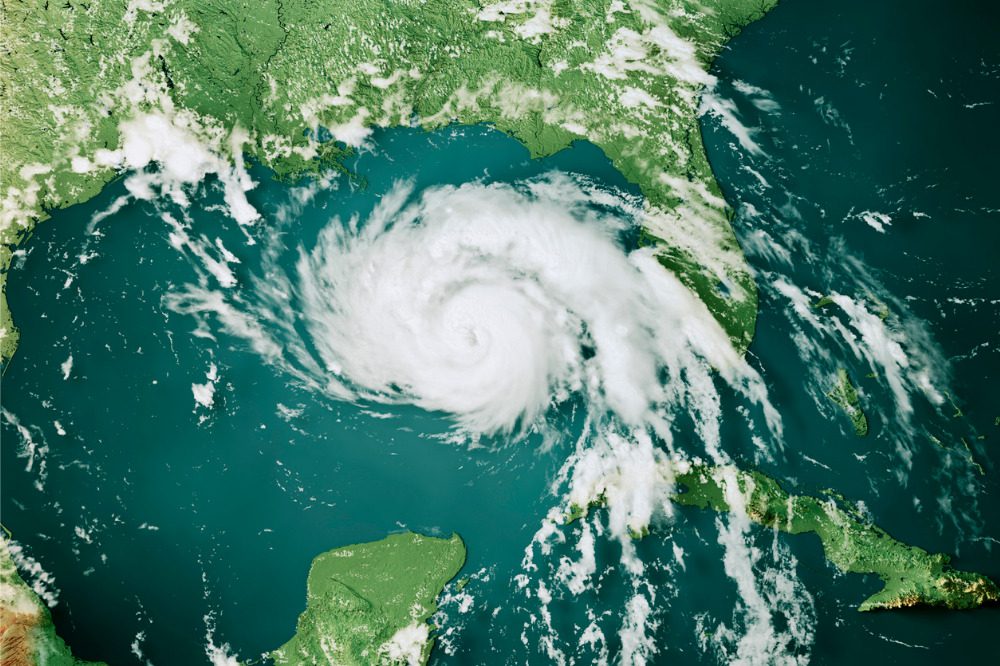GFIA report calls for urgent action to tackle global protection gaps

GFIA, which represents over 40 insurance associations worldwide, identified a protection gap of US$1 trillion for pensions, US$900 billion for cyber, US$800 billion for health, and US$100 billion for natural catastrophes.
The report also highlighted the factors driving these gaps, including the difficulty of insuring certain risks, and offered recommendations to policymakers on the best ways to increase protection and reduce risk.
“Insurers can, and are, taking steps to address these gaps,” said GFIA president Susan Neely. “These include using technology to assess risks and claims, and to make insurance more accessible for people and businesses. However, closing the gaps will also require action from policymakers to create environments in which risks can be managed and mitigated. These actions will help keep risks insurable and insurance protection affordable.”
Speaking about the report, Craig Stewart, vice president for climate change and federal issues at the Insurance Bureau of Canada (IBC), emphasized the need for prudent policy actions to ensure Canadian households and businesses are better protected against these threats.
Stewart also drew attention to a specific proposal by Canada’s insurers to create a national flood insurance program, which would ensure that Canadians living in areas at high risk of flooding have access to enhanced financial protection.
“The policy work is complete,” Steward said, echoing a statement made by IBC president and CEO Celyeste Power last week. “It’s now time for investment and implementation.”
Addressing protection gaps in cyber, natural catastrophes
One of the recommendations made in the GFIA report involved incentivizing and supporting the prevention of cyber attacks, which includes raising awareness through campaigns, establishing incident-reporting frameworks, and fostering adaptation measures. It cited IBC’s Cyber Savvy campaign as an example of how both public and private players can raise awareness about cyber threats and the importance of insurance.
Regarding natural catastrophes, GFIA recommended the implementation of prevention and adaptation measures like improved land-use planning and building codes, as well as incentives for relocating or rebuilding away from high-risk areas.
The report also suggested a range of policy levers including government-backed insurance programs, public-private partnerships, mandatory contributions to disaster funds, and pooling solutions.
Insured damage caused by natural disasters has risen substantially in Canada in recent years, according to IBC, with average annual losses increasing by 164% in the last decade.
Last year, the country saw approximately $3.1 billion in insured losses as a result of extreme weather.
The federal government’s budgeted payments to the provinces for recovery assistance after natural disasters have also increased sharply, going from $305 million in 2004–2005 to nearly $1.73 billion in 2023–2024.
What are your thoughts on these insurance protection gaps? Feel free to share your comments below.





